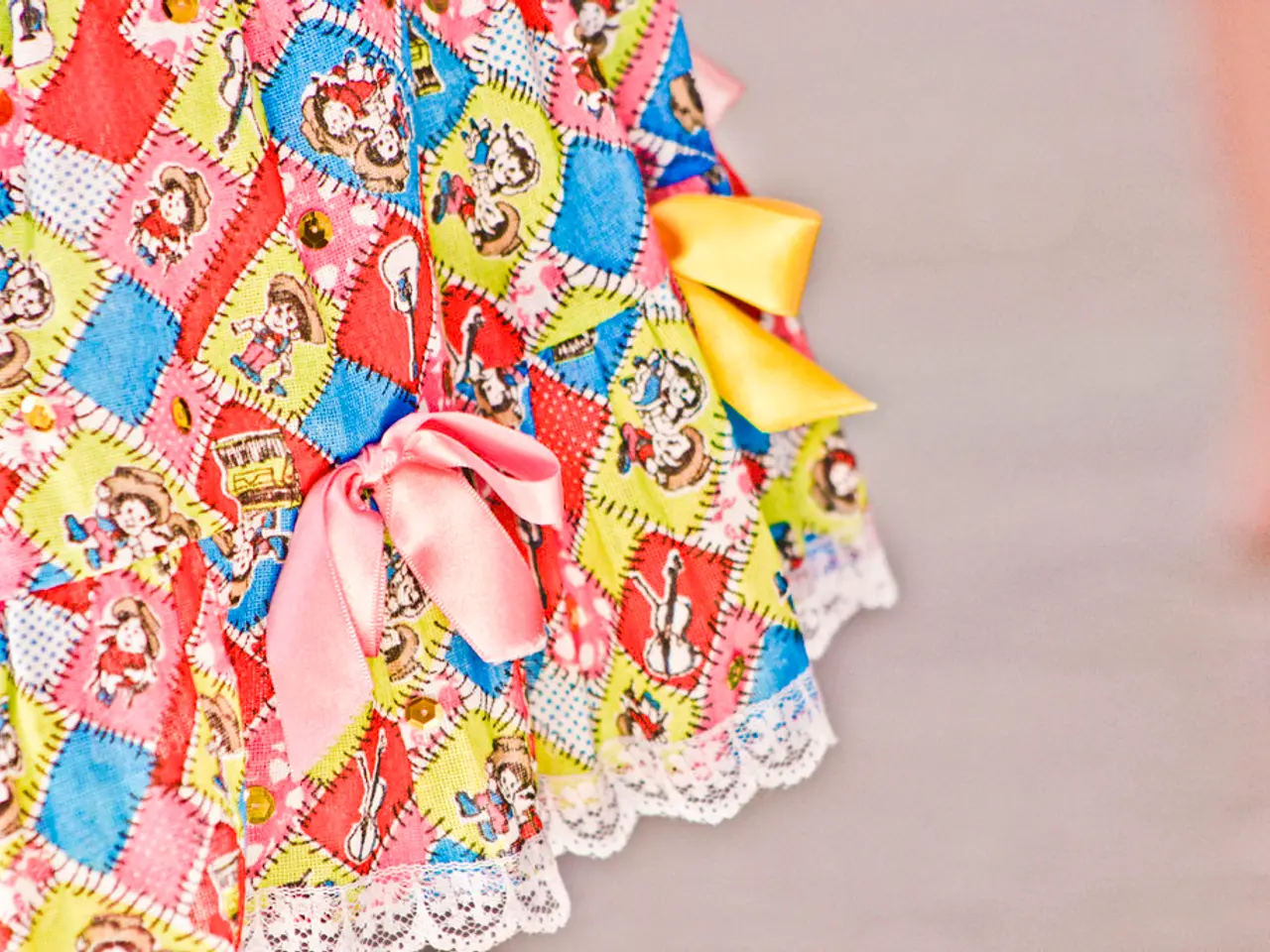The resurge of Harajuku fashion influence in contemporary Gen Z fashion trends and aesthetics.
In the heart of Tokyo, the Harajuku district stands as a vibrant and eccentric subculture that has been challenging fashion conformity since the 1970s. This unique and innovative street fashion area has gained global attention, particularly in the digital age, with its counter-cultural nature and need for rebellion.
Harajuku fashion encompasses a spectrum of aesthetics, ranging from the cute to the extreme. One of the cultural cornerstones of this movement was FRUiTS magazine, founded in 1997 by photographer Shoichi Aoki. The magazine showcased the diverse and captivating street styles of Harajuku, providing a platform for self-expression that resonated with many.
A notable figure in the Harajuku scene is Aliyah Bah, who has amassed over 2.8 million TikTok followers and 922,000 Instagram followers. Bah has cultivated her own distinctive aesthetic, blending elements of Y2K, alternative fashion, and Harajuku styles. Her unique take on the subculture has earned her a following and the admiration of celebrities like Lizzo, who showcased her interpretation of Aliyahcore fashion on Instagram.
Cosplay in Harajuku draws heavily on aspects of anime culture, while the Lolita subculture focuses on classic and sweet styles. Another popular subculture is Kogal or kogyaru fashion, which is inspired by Japanese high-school uniforms. Harajuku fashion doesn't embody a single defined style but rather a fusion of different aesthetics and genres.
The current popularity of Harajuku fashion can be attributed to the district itself, known for its trendy fashion and cultural hub status. Videos relating to #harajukufashion currently have over 671 million views on TikTok, with some of the most popular street style videos having over 878,000 views and 44,000 views respectively.
Notable figures outside of Japan have also appropriated elements of the Harajuku subculture. Gwen Stefani has been known to incorporate numerous elements of the Harajuku subculture in her fashion, while Nicki Minaj has drawn inspiration from it without giving credit where credit is due.
Despite its global influence, Harajuku fashion continues to thrive in its birthplace, fostering online and offline camaraderie among its followers. The inaugural edition of FRUiTS magazine is now being made available in English as an EPUB, allowing a wider audience to delve into the world of Harajuku fashion and its deeper significance. The subculture offers a borderless horizon of self-expression, inviting everyone to join in its unique and vibrant fashion revolution.
Read also:
- Peptide YY (PYY): Exploring its Role in Appetite Suppression, Intestinal Health, and Cognitive Links
- Toddler Health: Rotavirus Signs, Origins, and Potential Complications
- Digestive issues and heart discomfort: Root causes and associated health conditions
- House Infernos: Deadly Hazards Surpassing the Flames








